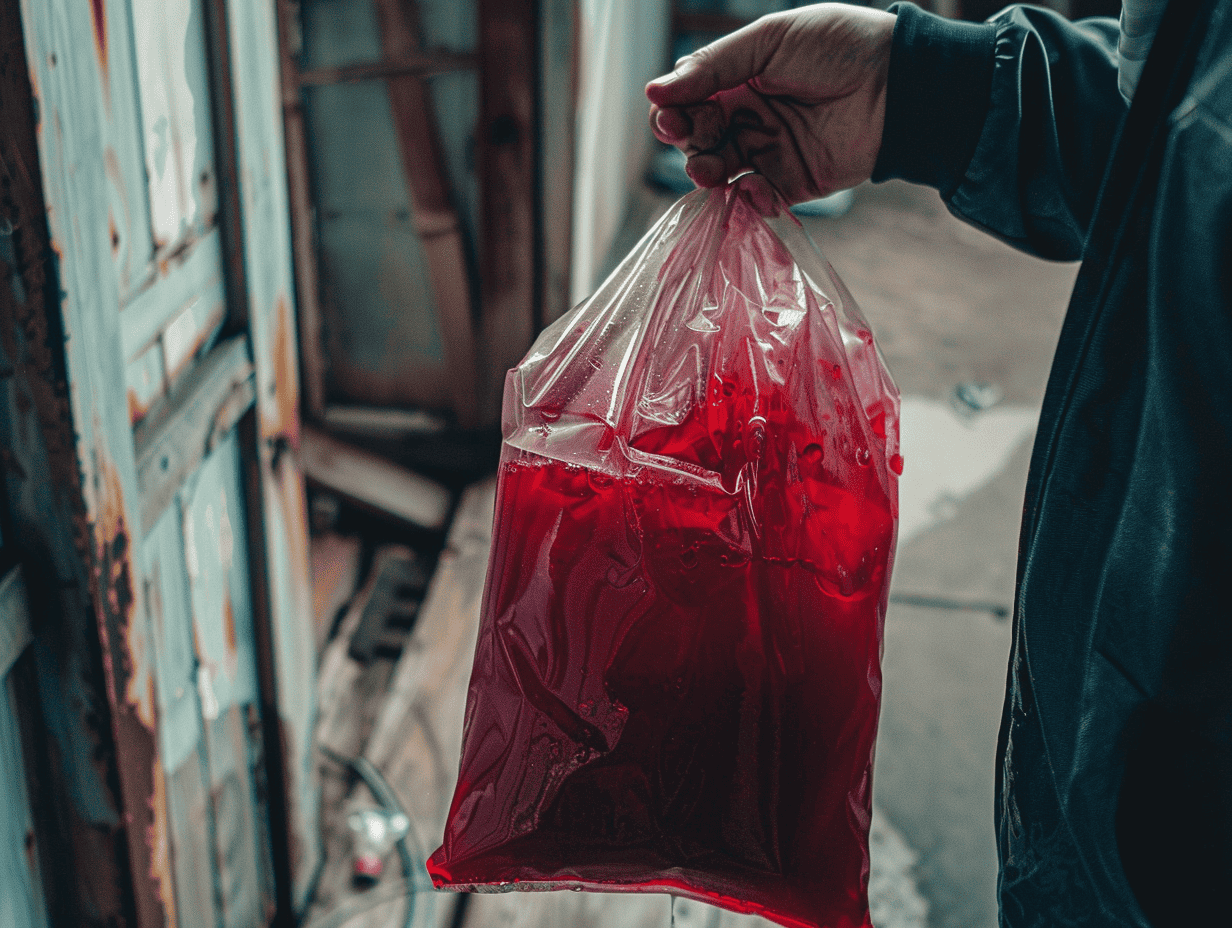Even as a seasoned chicken owner, I sometimes struggle with staying sustainable and utilising everything my chickens offer me, so to help you here are some good chicken blood uses as inspiration. I’ve traversed the delightful journey of raising chickens, from the early days of awe at their pecking and scratching to the more complex challenges of ensuring their health and happiness. Today, I’d like to share a rather unconventional aspect of chicken care that might just pique your curiosity: The uses of chicken blood.
When I first started, the thought of utilizing chicken blood never crossed my mind. It seemed like a byproduct of the process, especially during times of culling for meat, that had little to no use. However, as I delved deeper into a more sustainable way of living and sought to minimize waste, I discovered that chicken blood, much like every part of the chicken, could be put to good use.
Feeding Plants with Chicken Blood
One of the most straightforward uses I found for chicken blood was as a fertilizer. Rich in nitrogen, chicken blood can be a potent fertilizer that helps plants grow. I began by diluting the blood with water to prevent it from burning the plants and applied it to my garden. The results were remarkable; my vegetables seemed to thrive more than ever before. However, it’s crucial to use this method sparingly and as part of a balanced fertilization plan to avoid over-nitrogenizing your soil.
Creating Nutrient-Rich Animal Feed
Another use for chicken blood is in making animal feed. By cooking and drying the blood, you can create a blood meal, which is high in protein and a great dietary supplement for animals. This process, though a bit time-consuming, has allowed me to feed it back to my chickens as part of their diet, providing them with a rich source of protein that is especially beneficial during moulting season.
Culinary Uses of Chicken Blood
Globally, chicken blood is also used in various culinary traditions, though this is something I approached with caution and respect for cultural practices. In some cultures, chicken blood is coagulated and cooked as a delicacy. While I have not personally explored this use, it’s a testament to the principle of utilizing every part of the chicken, ensuring nothing goes to waste.
Historical Uses For Spiritual Purposes
Chicken blood has historically been used for spiritual purposes in various cultures around the world. These practices often stem from ancient beliefs and rituals where blood is considered a powerful substance that can communicate with the spiritual realm or appease deities. Here are a few examples of how chicken blood has been used for spiritual purposes:
It’s important to approach these practices with respect and understanding of their cultural and spiritual significance. The use of chicken blood for spiritual purposes is deeply embedded in the traditions and beliefs of various communities, reflecting a wide range of meanings and intentions across different cultures.
The Journey Toward Sustainable Living
Embracing the use of chicken blood in my routine wasn’t without its challenges. It required me to step out of my comfort zone and confront the realities of raising and processing chickens for food. Yet, it has also been a rewarding step towards sustainable living, allowing me to honour the life of the chickens by utilizing all parts of them.
Throughout this journey, I’ve learned the importance of approaching chicken ownership with respect, care, and a willingness to learn. From the practicalities of proper feeding and housing to the more nuanced understanding of chicken behaviour and health, every aspect of chicken care offers an opportunity to grow and improve.
To fellow chicken enthusiasts, I encourage you to explore the full spectrum of chicken ownership, including the unconventional parts like the uses of chicken blood. It’s a path that can lead to a deeper appreciation for your flock and a more sustainable approach to living. Remember, every day with chickens is a learning experience, filled with joy, challenges, and the occasional surprise. Let’s embrace it all with open hearts and curious minds.

